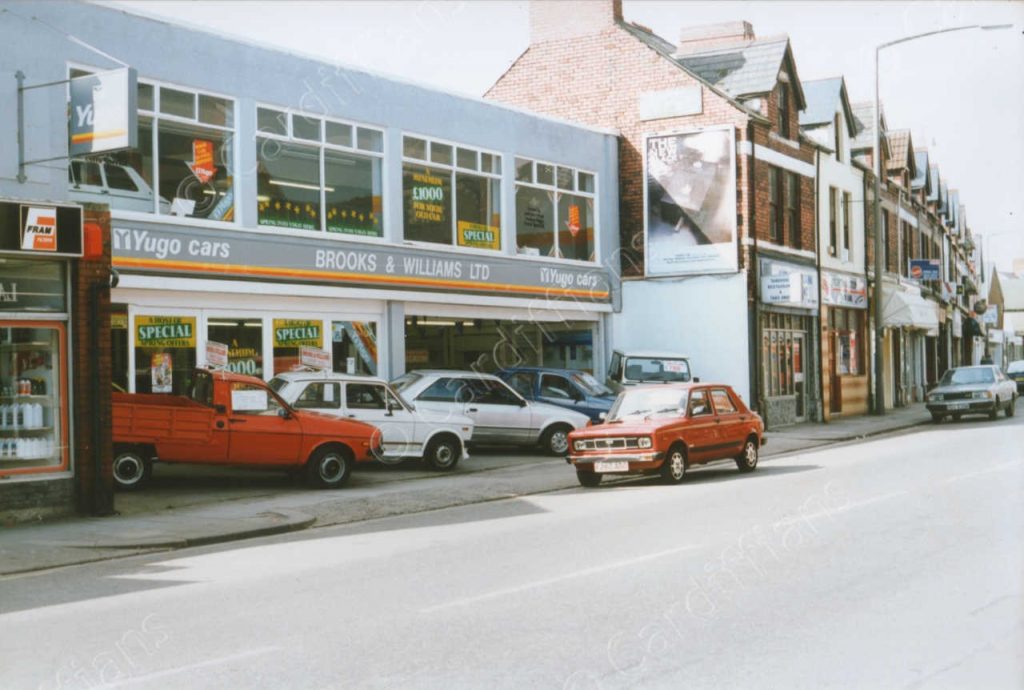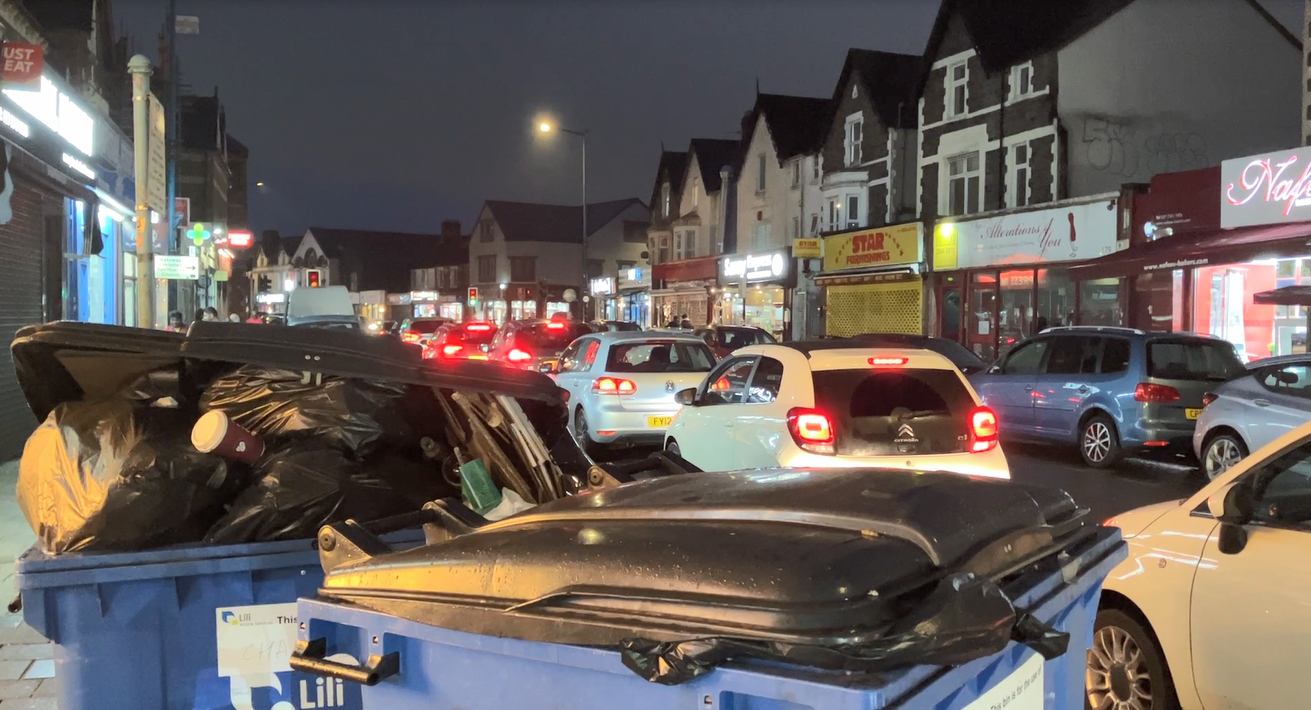Plasnewydd is home to a teeming population living cheek-by-jowl
WITH more than 11,000 residents per square kilometre, Plasnewydd is the most densely populated area not just in Cardiff but in Wales.
Having so many people with so little elbow room in such a tight geographical space makes it comparable with London boroughs such as Hammersmith, Lambeth and Westminster.
The council ward area stretches from City Road, near the city centre, to the green expanse of Roath Recreation Ground. On top of its population of permanent residents it also has a high number of houses of multiple occupation (HMOs), meaning lots of “transient” residents such as students.
Councillor Sue Lent, who has represented Plasnewydd since 2012, remembers when the area was dominated not by restaurants and late-night takeaways but car showrooms.

“I think we’re seeing a lot of houses coming back into family occupation compared with what we had, said Coun Lent.
“The amount of students really rocketed going back maybe 10 or 20 years.
“You’ve had people coming in who don’t love the area, who don’t really care – in fact, some people who do live in the area as well.
“A lot of students are probably coming from very nice homes where they do separate their rubbish, or certainly their parents do. But they’ve perhaps not got into it themselves as teenagers and then come away. I have often thought parents would be horrified if they saw how students behaved when they were away.”
It is an area with a lot of HMOs – houses that consist of more than one ‘household’. Its proximity to the city centre and university buildings also makes it particularly popular for students.
Coun Lent says that Cardiff University has done a lot to convey the message to students and she understands how there might be confusion over rubbish collection system because her daughter has moved to another city for university which itself has different bins.
Takeaways
The Labour councillor says that the council “granted a lot of applications” for takeaways when it was run by the Liberal Democrats between 2004 and 2012, making high streets like City Road ripe for litter problems and “late night noise”.
Cardiff Council Liberal Democrat leader Rodney Berman represented Plasnewydd during this time. He told The Cardiffian that Liberal Democrat councillors “consistently opposed” new takeaways and declared City Road as a licensing saturation zone to limit the number of new premises.
However, Coun Berman says many planning applications were granted on appeal by the Welsh Government’s planning inspectorate.
“They seem to forget they have run the council since 2012 and should stop trying to pretend everything that’s a problem happened years ago,” Coun Berman said.
Roads
Packed with restaurants and takeaways, it is no surprise that workers, customers and commuters so easily fill Plasnewydd’s high streets. When the cars spill onto side streets, residents have struggled to park outside their own homes.
Coun Lent admits there are “more cars than road space” across the ward.
High streets like Albany Road and City Road are popular destinations for cyclists delivering food but several have told The Cardiffian that Plasnewydd is the most perilous part of the city to work.
Parking
The staff at Capital Fish Bar on City Road say what the area needs above all else is a car park.
They highlight two possible locations in the crowded area – one in the place of the warehouses near Shelley Gardens and another in the place of the abandoned Spin cinema and bowling alley.
The building that used to house Spin cinema and bowling alley was abandoned in 2006 and squatters occupied the building in 2012.
In 2013, the council granted a planning application to turn the site into a bar and restaurant but the building has remained vacant.
It was set to be demolished in 2019 to make space for an eight-storey student accommodation block, but the old building remains.
Plans for the student accommodation contain no car parking space.
‘Sustainable’
Plasnewydd Councillor Dan De’Ath says that the area is a “good example of a sustainable neighbourhood”.
Located near the city centre, residents have easy access to a wide range of services and facilities including university sites.
“It is also well located in terms of sustainable transport with easy access to train and bus services and active travel cycling and walking routes.”
Coun De’Ath says it is inevitable that the population will grow with no signs of an end to flat conversions, student accommodation schemes and further housing developments.



